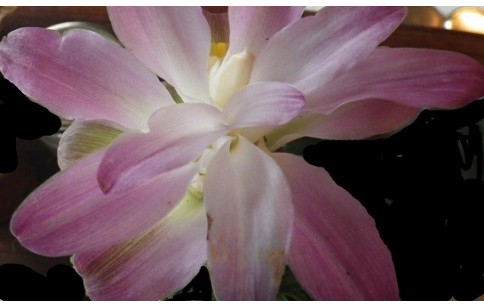- Code : #5016 1 g
- Formula : C₁₀H₁₆O
- CAS : 5392-40-5
Zingiber officinale
Zingiber officinale, “Ginger” in English and “Gingembre” in French, belongs to the Zingiberaceae botanical family. It is a tropical herb that can reach a height of 1m.
Native to Southeast Asia, it is widely cultivated in most tropical countries for its rhizome.
A very common spice in Asia, it is used as food flavoring, in beverages, as pickles etc.
The medicine made with the rhizome is a stomachic, tonic and digestant. It stimulates the flow of saliva, raises the tonus of the intestinal musculature and activates peristalsis. Powdered, it is a strong anti-emetic. In folk medicine, it is used as a carminative, expectorant and astringent.
The main constituents of its essential oil (2.5 to 3%) vary enormously according to the origin. There are sesquiterpenes and monoterpenes, acyclic oxygenated monoterpenes such as neral, geraniol, geranial and geranyl acetate; gingerols, shoagols, gingerdiol and analogues and other diarylheptanoids.

- Code : #5225 S 100 mg
- Formula : C₁₅H₂₂
- CAS : 644-30-4
- Code : #5009 S 100 mg
- Formula : C₁₀H₁₈O
- CAS : 470-82-6
- Code : #6037 S 10 mg
- Formula : C₁₇H₂₆O₄
- CAS : 23513-14-6
- Code : #6038 S 10 mg
- Formula : C₁₉H₃₀O₄
- CAS : 23513-08-8
- Code : #5030 S 100 mg
- Formula : C₁₀H₁₈O
- CAS : 124-76-5
- Code : #6040 S 10 mg
- Formula : C₁₇H₂₄O₃
- CAS : 555-66-8
- Code : #5261 1 g
- Formula : C₁₀H₁₈O
- CAS : 562-74-3
- Code : #B9057 5 g










